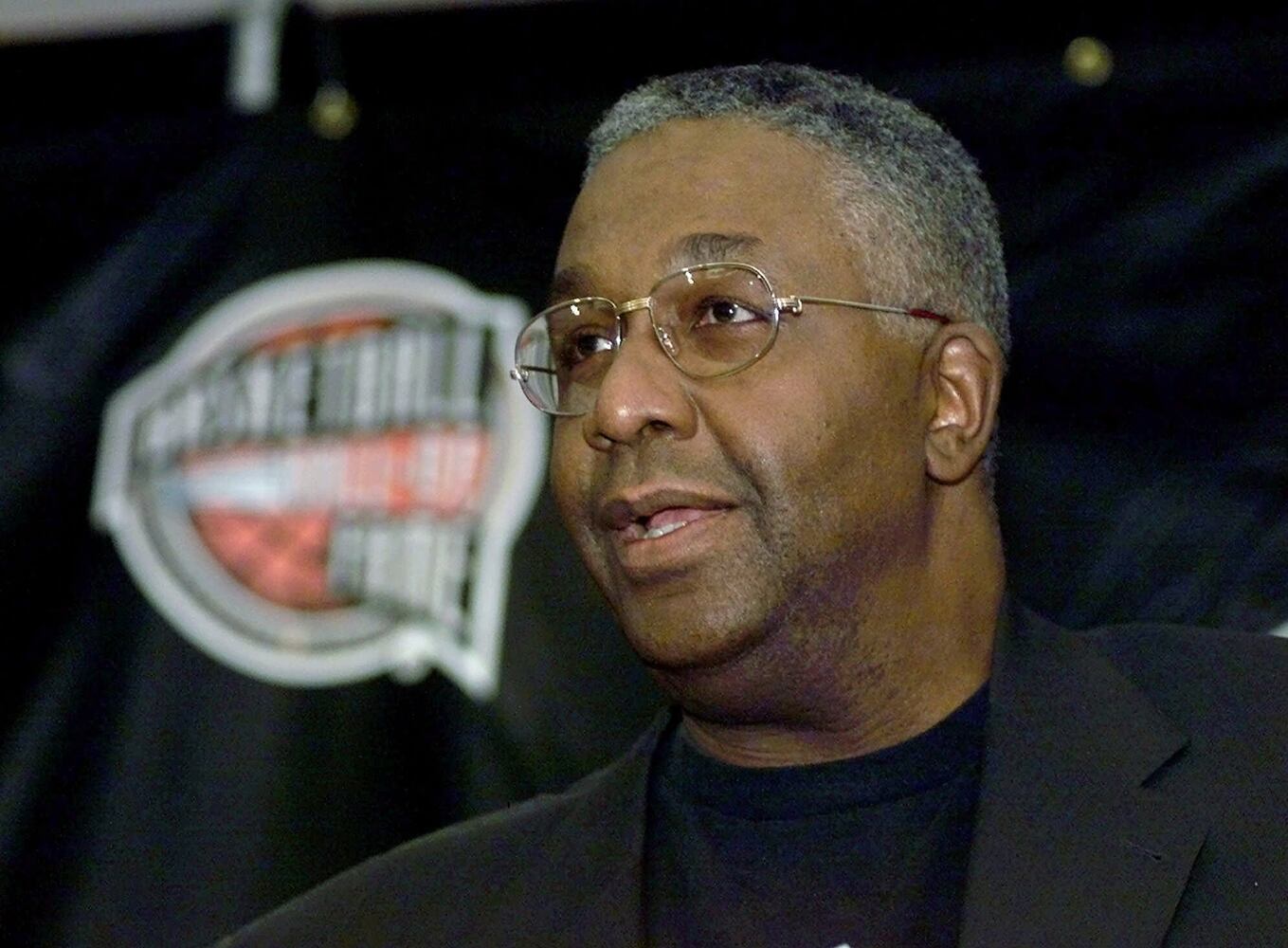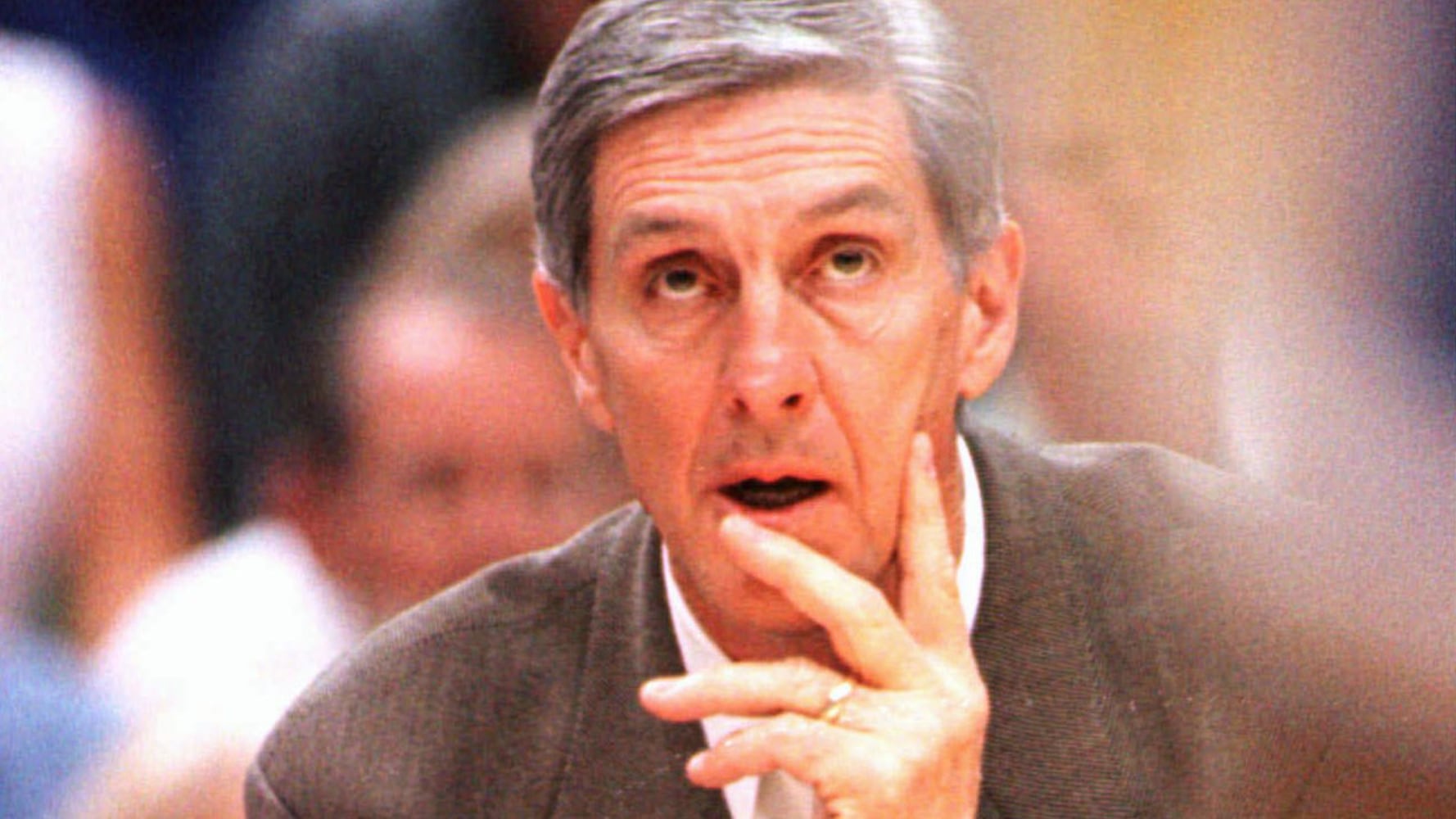Tom Seaver, the leader of the Miracle Mets 1969 championship team and a pitcher who nearly started his career with the Braves, has died. He was 75.
The Hall of Fame said Wednesday night that Seaver died Monday from complications of Lewy body dementia and COVID-19. Seaver spent his final years in Calistoga, California.
Seaver’s family announced in March 2019 he had been diagnosed with dementia and had retired from public life.
He continued working at Seaver Vineyards, founded by the three-time NL Cy Young Award winner and his wife, Nancy, in 2002 on 116 acres at Diamond Mountain in the Calistoga region of Northern California.
The Braves drafted and signed Seaver in 1966 but lost him on a technicality.
MLB had two drafts then, one in January and one in June, each with two parts: the regular phase for players who hadn’t been drafted previously and the secondary phase for players who had been drafted but hadn’t signed.
Seaver was selected by the Dodgers in the 10th round in June 1965 after starring at Fresno (Calif.) City College and Southern Cal, but he turned down the Dodgers and remained at USC. The Braves, in turn, drafted him with the 19th pick of the first round of the secondary phase in January 1966.
In February 1966, one month after drafting him, the Braves were able to sign the 21-year-old Seaver to a contract valued at $51,500, which included the cost of finishing his college education. Seaver was slated to spend the 1966 season in the Braves’ farm system.
USC had played a couple of 1966 games by the time the Braves signed Seaver, and MLB had a rule against negotiating with or signing a player after his college team’s season began. The Braves argued that the Seaver signing was proper because USC’s early games were exhibitions. But MLB commissioner William Eckert ruled that Seaver’s contract with the Braves was invalid and that they no longer had rights to him.
The case got even more convoluted when the NCAA declared Seaver ineligible to play for USC or any other college because he had signed a pro contract, even though he hadn’t yet received a dollar from that nullified deal. Seaver’s father complained to MLB about the unfairness of the situation and threatened a lawsuit. So, instead of requiring Seaver to wait until the June 1966 draft to be selected again, Eckert set up a special lottery open to any team willing to give Seaver the same $51,500 deal he had lost when his Braves contract was voided. The Braves, Eckert ruled, were ineligible for the Seaver lottery.
Those teams that had a shot at Seaver were the Cleveland Indians, New York Mets and Philadelphia Phillies.
The teams’ names were written on separate slips of paper and placed in a hat at the commissioner’s office April 2, 1966. Eckert pulled out the slip with “NY” written on it. “Tom Terrific” would be a Met.
Just a year later, in 1967, Seaver reached the big leagues and won the National League Rookie of the Year Award. In 1969, he went 25-7 with a 2.21 ERA and won his first of three Cy Young Awards as the “Miracle Mets” won the NL East, beat the Braves in the NL Championship Series and won the World Series.
Seaver pitched 20 seasons in the majors, including 11-plus with the Mets and five-plus with the Cincinnati Reds. He won 311 games, had a career ERA of 2.86 and struck out 3,640 batters, still the sixth most in MLB history. His career record against the Braves was 32-10 with a 2.28 ERA.
Seaver was diagnosed with Lyme disease in 1991, and it reoccurred in 2012 and led to Bell’s Palsy and memory loss, the Daily News of New York reported in 2013.
Seaver was elected to the Hall of Fame in 1992 when he appeared on 425 of 430 ballots for a then-record 98.84%. His mark was surpassed in 2016 by Ken Griffey Jr., again in 2019 when Mariano Rivera became the first unanimous selection by baseball writers, and in 2020 when Derek Jeter fell one vote short of a clean sweep.
His plaque in Cooperstown lauds him as a “power pitcher who helped change the New York Mets from lovable losers into formidable foes.”
The AJC’s Tim Tucker and The Associated Press contributed to this article.
About the Author
Keep Reading
The Latest
Featured



































